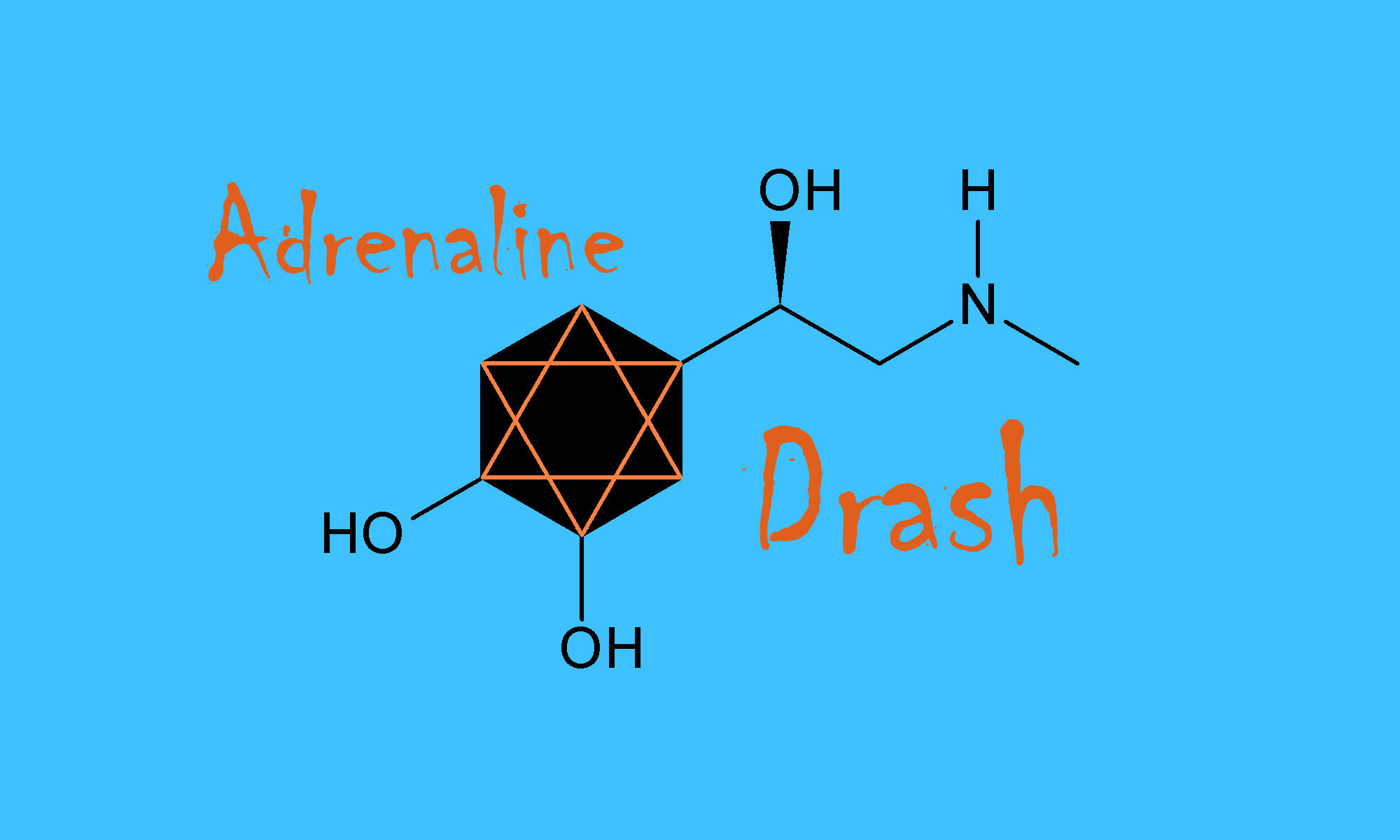 Rabbi Shimon said, “Woe to the human being who says that Torah presents mere stories and ordinary words!
Rabbi Shimon said, “Woe to the human being who says that Torah presents mere stories and ordinary words!
This week’s Torah portion, Parshat Be’ha’alot’cha is no mere story, but a story for our times. The Israelites are traveling away from Sinai, away from exaltation and revelation. They have been given a covenant and responsibility with it. They have been charged with obligations they do not fully understand, that they have yet to learn and to practice.
The Holy One goes with them, a fire in the night, a blaze wrapped in cloud by day.
When the Ark was to set out, Moses would say: Kuma Adonai v’yafutzu oivecha v’yanusu m’sanecha mipanecha. “Arise, YHVH!” And he would pray: “May Your enemies be scattered, and may Your foes flee before You” (Numbers 10:35).
We chant this verse during Torah services, followed immediately by verses adding a critical postscript: Ki mitzion teitzei Torah: For the Torah came from Zion (Isaiah 2:3).
For many years I have read this text through the eyes of Rebecca Smith. During her bat mitzvah preparation, nearly a decade ago, we looked at this text together. Rebecca was clear: She didn’t like it the text. It seemed like the description of an angry, vengeful, aggressive God.
Sometimes, your students help you form the questions you long wanted to ask yourself.
“What are God’s enemies?” I asked. “Who are God’s enemies?”
“Lies,” she told me.
Rebecca, at twelve, knew that whenever we lie to ourselves or to others we close off our hearts and souls to the divine. She named other enemies of God: Rage and aggression and the capacity to destroy.
“What’s in the Ark?” I asked.
“Truth,” she said.
And, in truth, the Ark held and holds Torah, the Torah that binds us and protects us. “When you are bound above,” the sages say, “you will not fall below.”
Of our Torah we say: Eitz Hayyim hi. She is a tree of life (Proverbs 3:18). All her ways are ways of peace, we sing. But to make peace, to create peace takes clarity about our intentions. Who is our Higher Authority, our Source of All? What is our purpose?
In this week’s parsha, Moses hears the complaining, the carping, the whining. He takes it all in. It is too much. He cannot carry the weight of dissatisfied, hungry, devouring people. And the Holy One tells him: Find those who can receive ruach, spirit, and who can radiate what they receive. Find those who understand the purpose of this journey, the charge of the Torah, the holiness of the task. When two men Moses did not choose themselves begin to prophecy a boy comes to tattletale and complain. But Moses knows that there are many sources of wisdom. “Would that all YHVH’s people were prophets,” he says.
Towards the end of Be’ha’alot’cha , Miriam and Aaron go about the people complaining, gossiping. Moses, they say, married a Cushite woman! Note well: They do not go to speak to Moses, they spread their vitriol elsewhere, instead. A culture of complaint, triangulation, and gossip is poisonous. Lashon hara devours its practitioners, infects its witnesses, and scars its targets.
YHVH calls Miriam and Aaron forward. Miriam is stricken with snow-white scales. She becomes a vision of death.
She is the first prophetess of Israel, a woman charged with speaking God’s truth. Instead, she and her brother, the High Priest, have let venomous words do their awful, dangerous work among the people. Aaron is horrified at her punishment; he, too, is guilty. Miriam, the woman who embodied freedom and joy at the sea is now the vessel for the sick spirit of her community.
Moses prays: El na rafa na la. Holy One please, heal her please.
Truth, Rebecca told me years ago, was cradled in the ark, is held in our Torah. She is not made of mere stories but of knowledge and wisdom and life itself. Her ways are peace.
This week’s Torah portion is not a mere story, but a mandate. We, too, must have Moses’ courage to ask the Holy One of Blessing for healing.
May we pray to become whole and grateful inhabitants of our communities. May we learn that sacred purpose and intentions must be shared and supported by all. May we be blessed with spiritual growth and goodness, with love of Torah. May the Holy One speak to us, and may the Holy One hear our prayer.
Come and see: So it is above.
There is garment, body, soul, and soul of soul.
The heavens and their host are the garment.
The Assembly of Israel is the body,
who receives the soul, Beauty of Israel.
So she is the body of the soul.
The soul we have mentioned is Beauty of Israel, real Torah.
The soul of the soul is the Holy Ancient One.
All is connected, this one to that one
